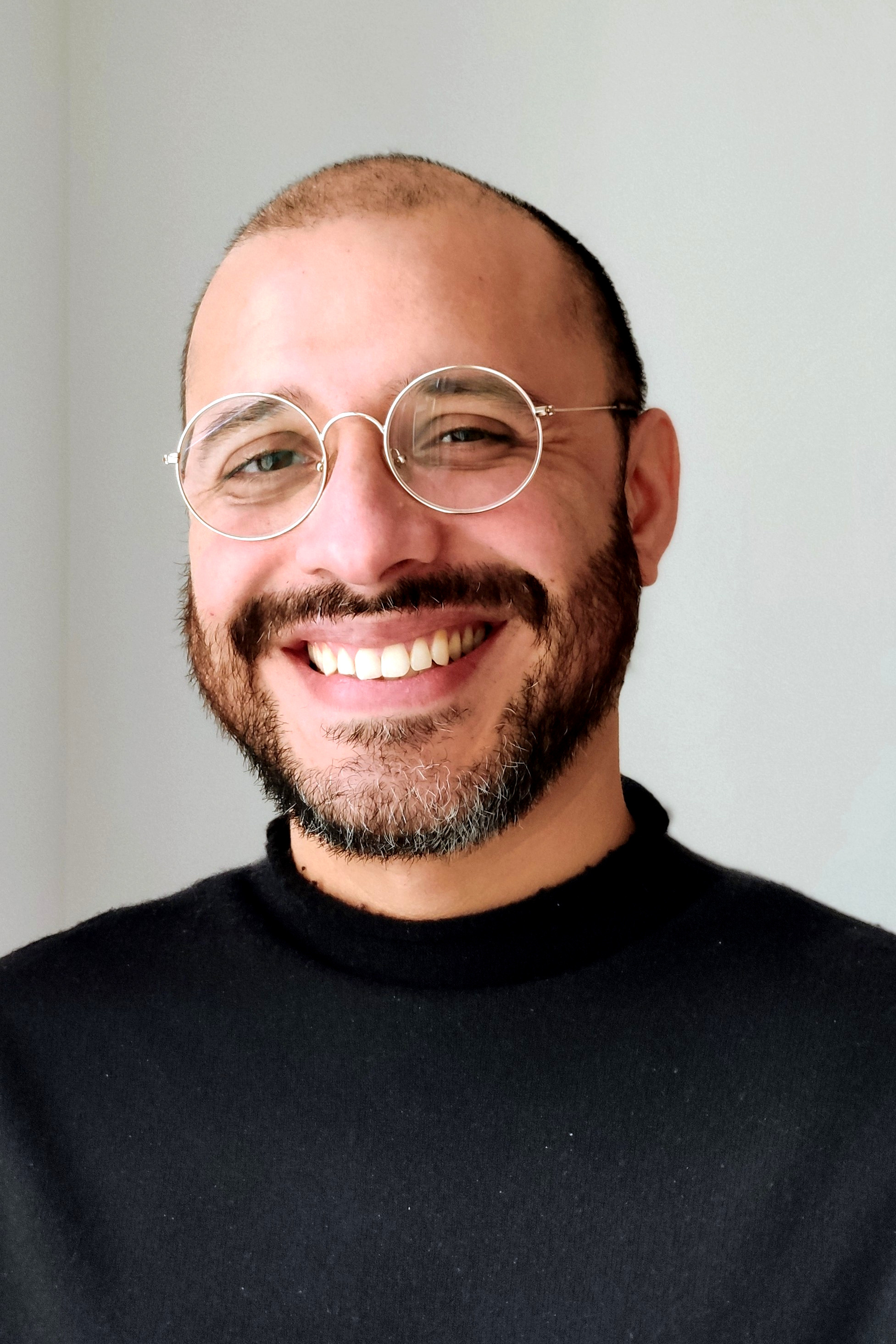Meet a SHAPE reseacher: Pablo Velasco
Associate Professor Pablo Velasco is Co-PI in SHAPE's ‘Digital activism’ project where he researches grassroot technological infrastructures - learn more about Pablo's research background and current projects in this portrait.


![[Translate to English:]](/fileadmin/ingen_mappe_valgt/B.jpg)
What SHAPE research projects are you currently working on?
I’m a part of the ‘Digital activism’ project. One of my main projects in SHAPE is the “CTP server” (https://ctp.cc.au.dk/), which I’m building together with PI of the project Christian Ulrik Andersen. The aim of the server is to provide some infrastructure for research and communication outside or in the margins of big tech. We are experimenting with self-maintaining infrastructures. We are both interested in understanding infrastructure as well as using infrastructures that are self-maintained. Also, there is a community-idea behind this project, as the goal to share and provide a service to others.
The server provides different kinds of services, but the most used right now is our transportable library (DARC library and Semi Pad), which we have used in different regions, e.g., Mexico. I am currently maintaining the server, and an example of the characteristics of the library is that it integrates note collaboration in a meeting. Normally, we would rely on something like Google Docs or Microsoft Word, but a part of our critical take is not to rely on these corporate services. So, instead, we have an open-source pad that we combine with other things, which allows us to share notes but in a self-managing way while not relying on big tech. A lot of these services are not created by us, but by other activist, feminist, and community servers (“anarchaservers”). For instance, if I want to use a video conference service, but I don’t wish to use Zoom, I can rely on BigBlueButton on the Konstanz servers, and Konstanz can rely on our library services.
What is your professional background and primary research domain?
My academic background is in Philosophy. I have also been interested in computational methods and as open-source communities, so I did a PhD that combined this with a critical approach to technology. The title of my PhD degree from 2018 is Interdisciplinary Studies, which relates to the use of qualitative and quantitative methods I used. My PhD was about blockchains, so I studied how open source technology is developed in terms of what organizational practices are around the decision-making that build the technical objects. I have also been interested in the code behind open-source technology. To me, it was an interesting object to study, because it was both new at the time, difficult to understand, and it is also very technical. So, to sum up my background; a critical understanding of technological devices, and my PhD on blockchains is a good example on that.
What SHAPE projects are in the pipeline?
Our current goal is to keep growing and maintaining our server. Personally, I also have an interest in developing a notion of criticality that is situated in specific regions. For instance, I am interested in what it means to do criticism of technology from Latin America, and how that differs from an Anglo-Saxon or European way of addressing that practice. The hope is to combine this with our current research on how to develop a criticality of technology using alternative infrastructures, and to examine how that practice works in other regions than Europe. Last December, we organised some workshops in Mexico, and I recently participated in a similar workshop, also in Mexico. We do not have a future workshop planned, but we are trying to apply for grants, so we can move our workshop to other locations. Our main contact is the National Autonomous University of Mexico, where we are in contact with scholars who work on similar topics. The main topic of the workshop in December was what AI means in a Mexican context. The way we addressed that question was to bring the library as a portable infrastructure as well as bringing some readings which criticise our universal notion of AI and developing a dialog through that. It was really interesting because we got very different notions of technology. In relation to situated practices or imaginaries of technologies, we realized the importance of having local dialogues. So, our goal is to continue to move these transportable infrastructures outside Europe, for example to Colombia. We are also in contact with some colleagues in South Africa, where we hope to do a similar workshop in the near future.
